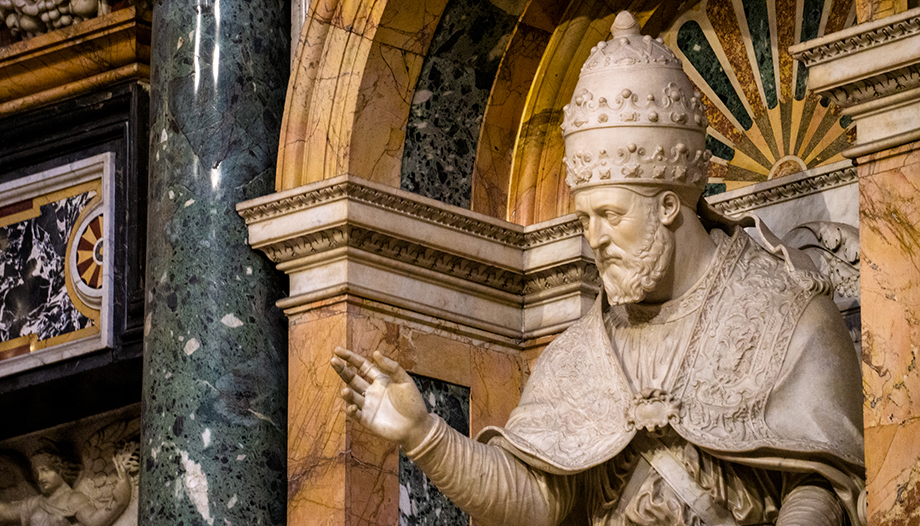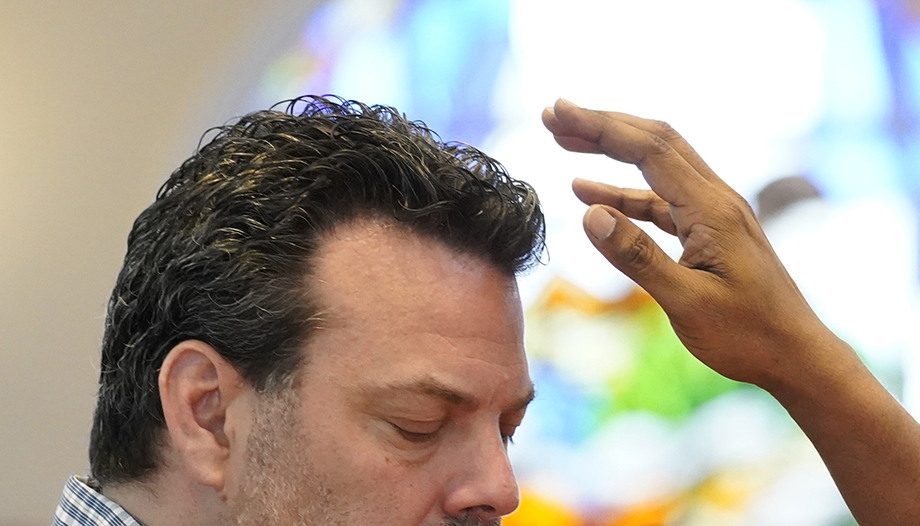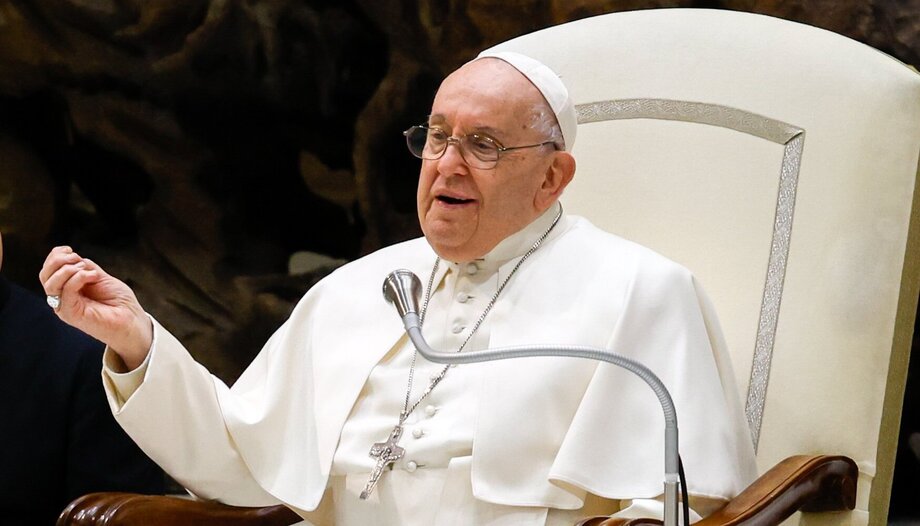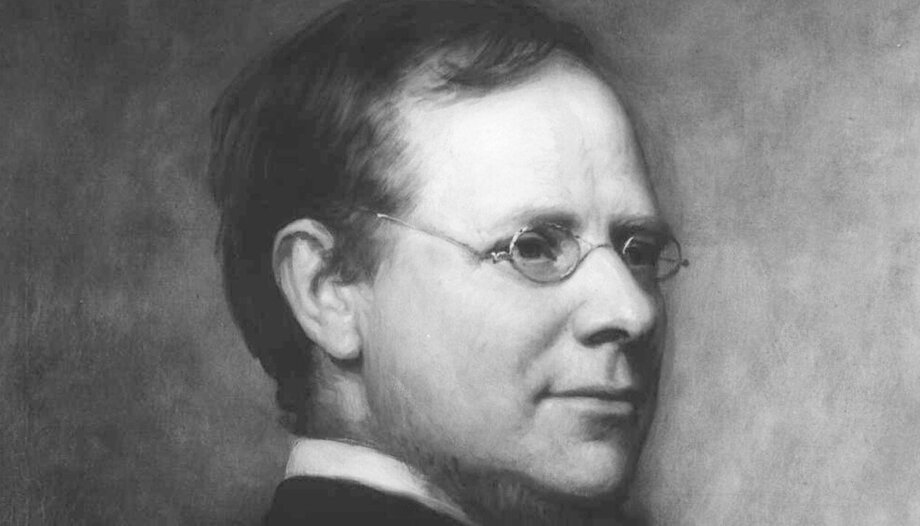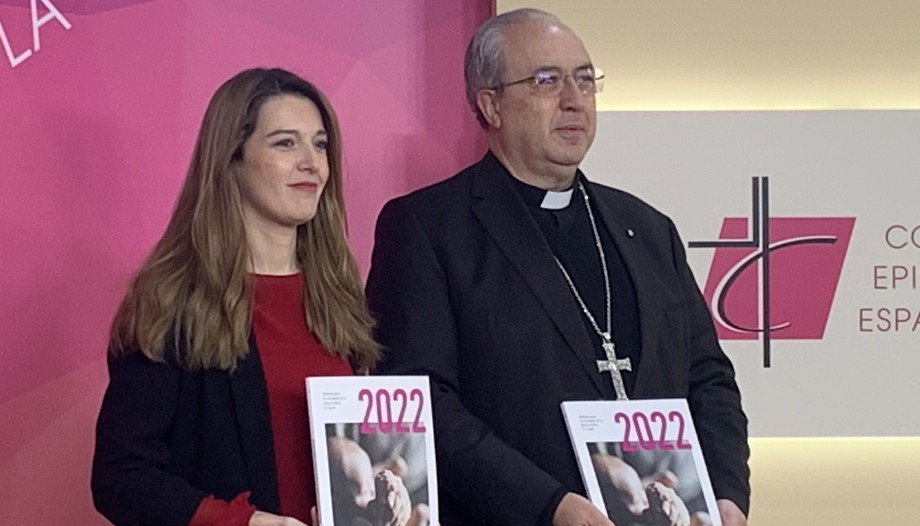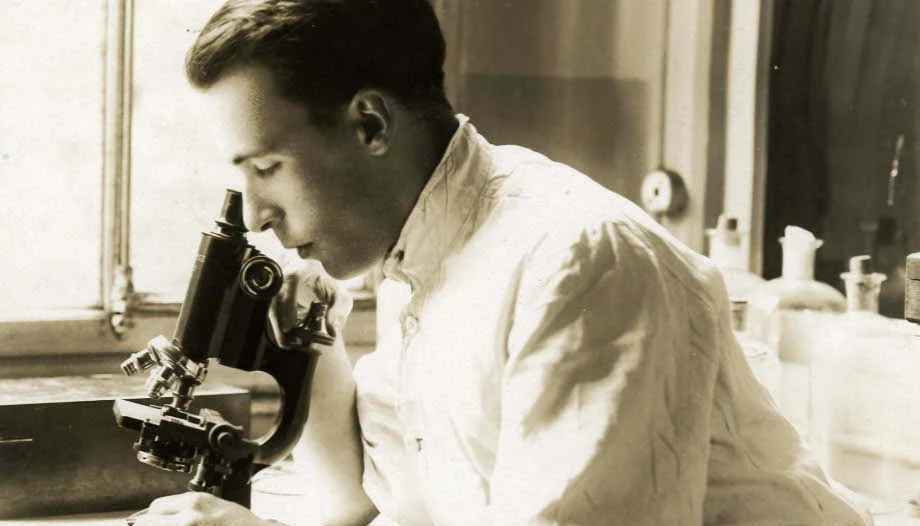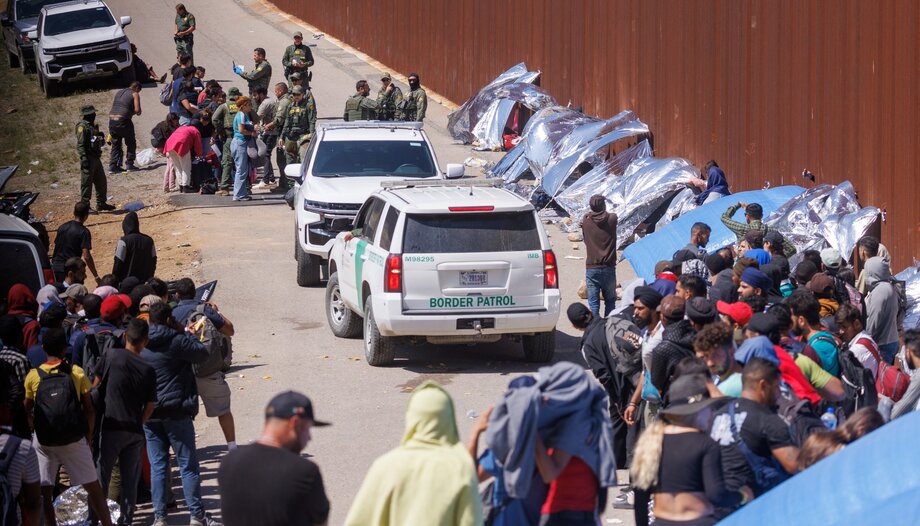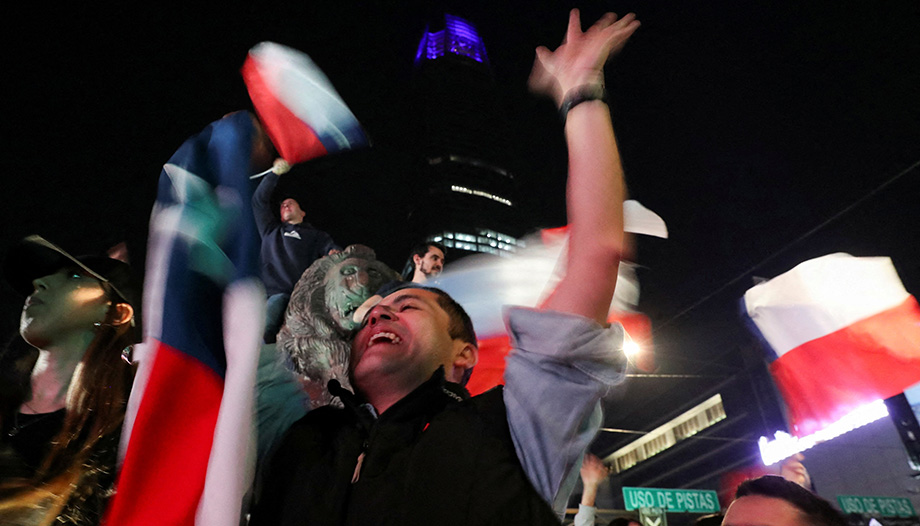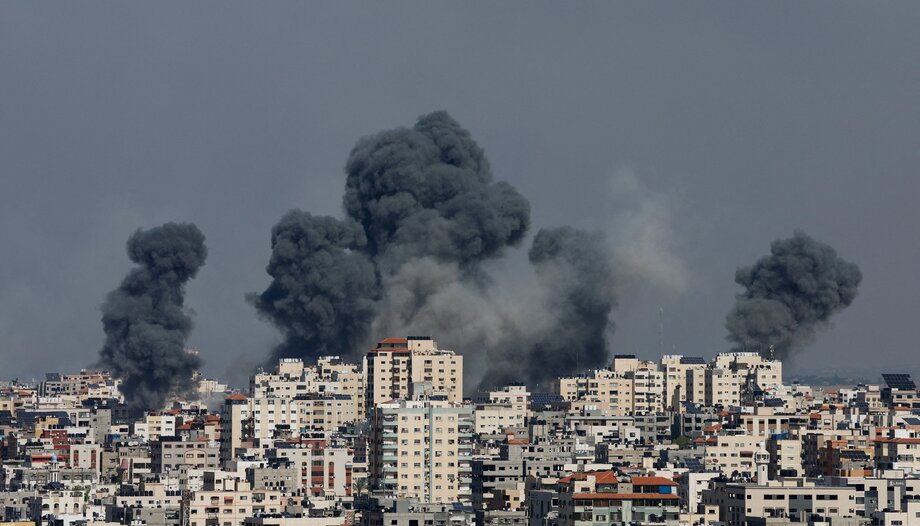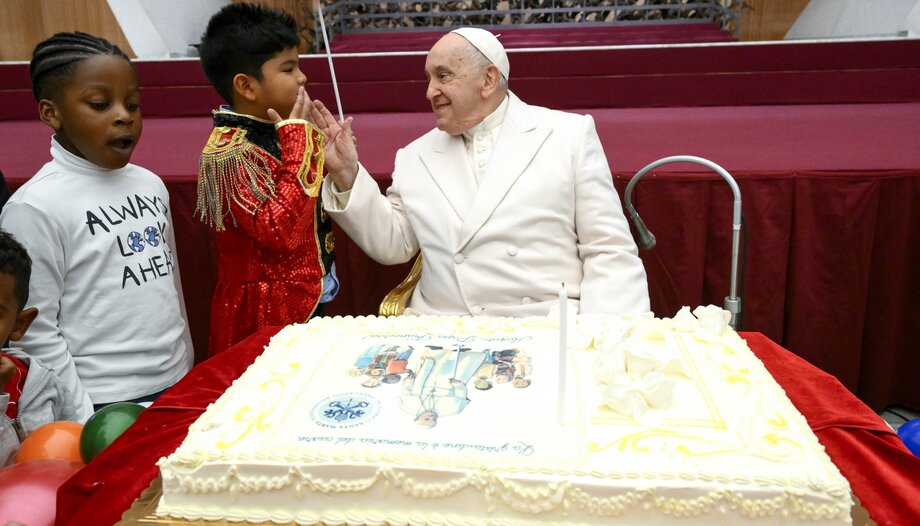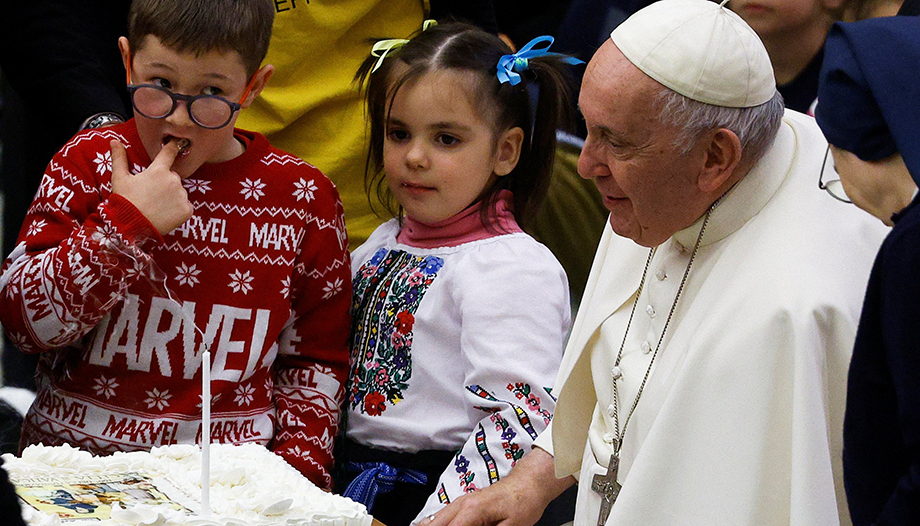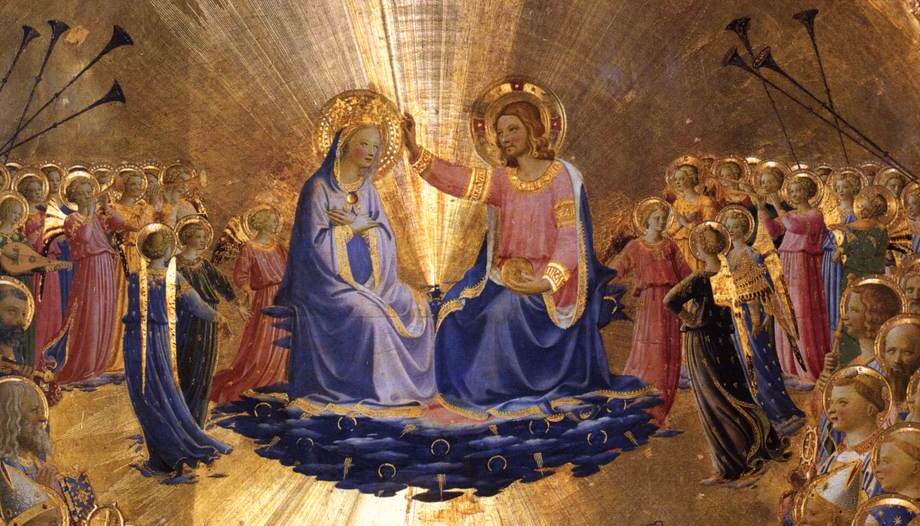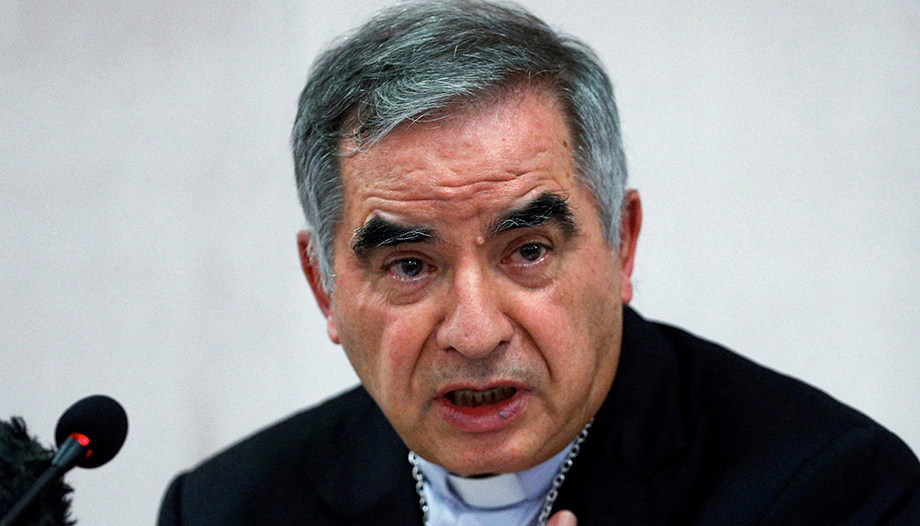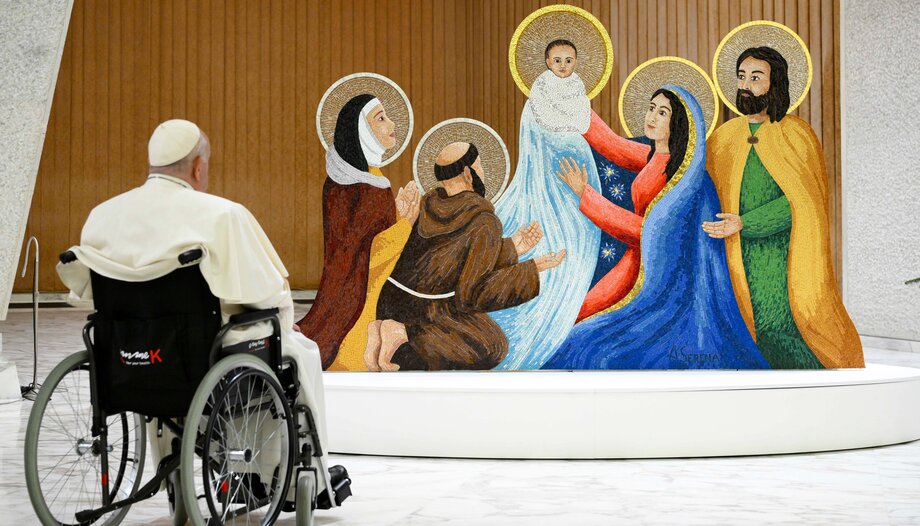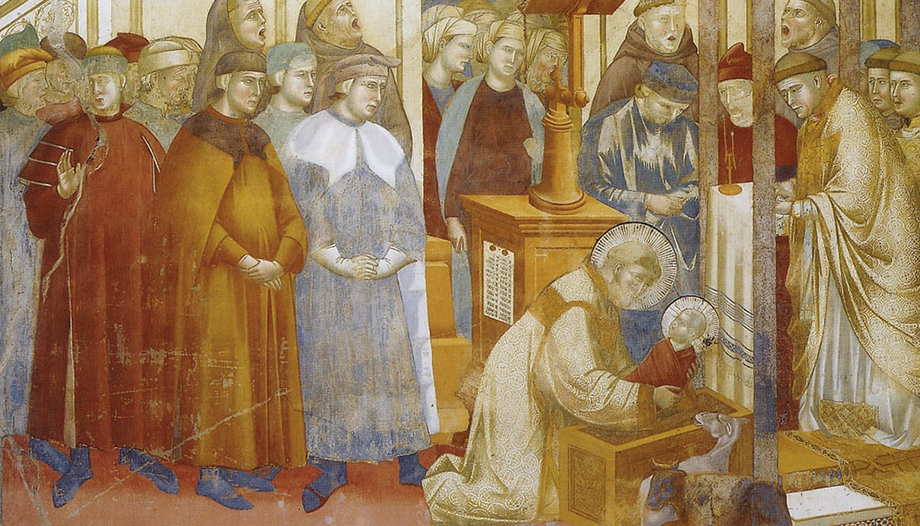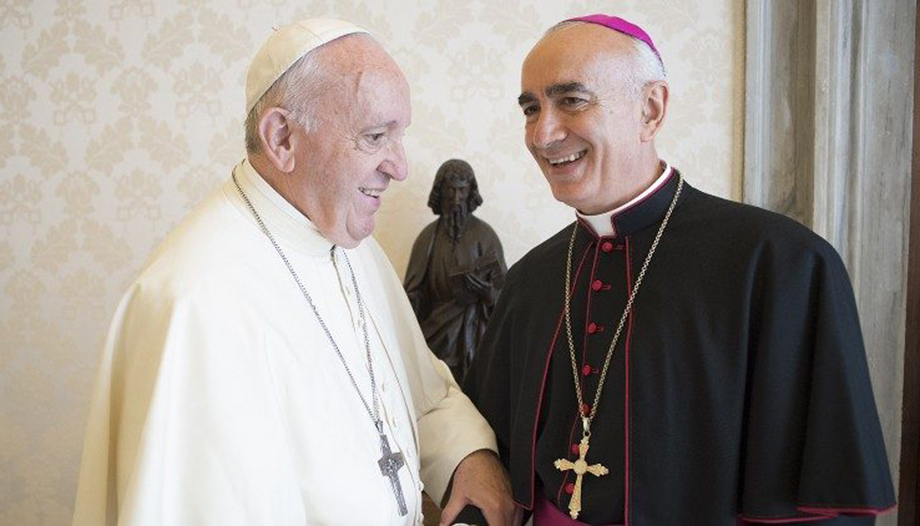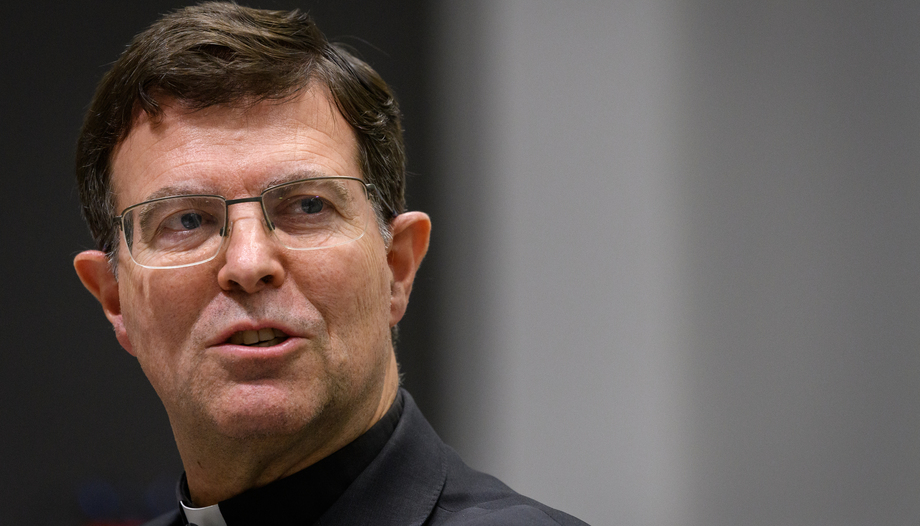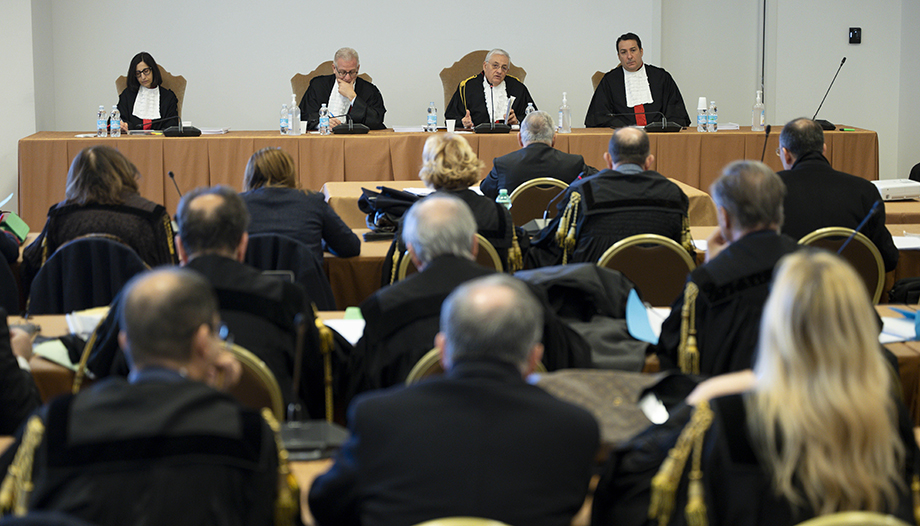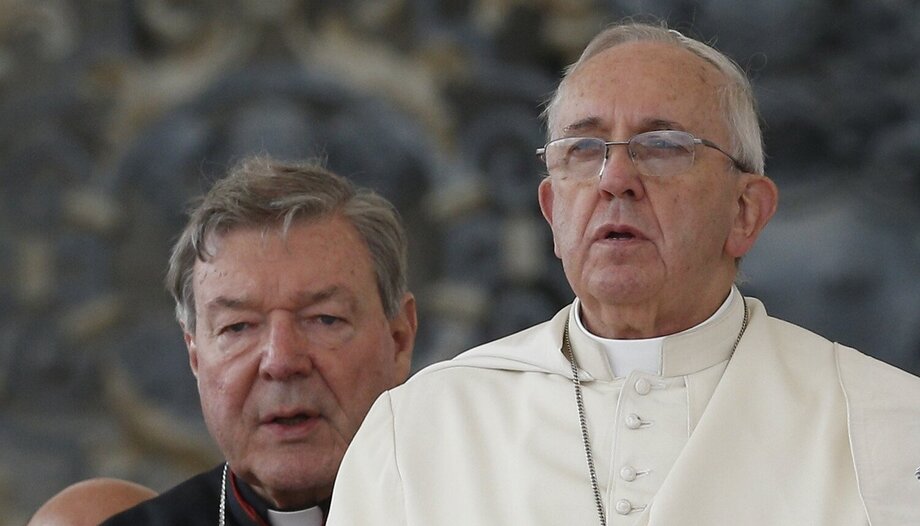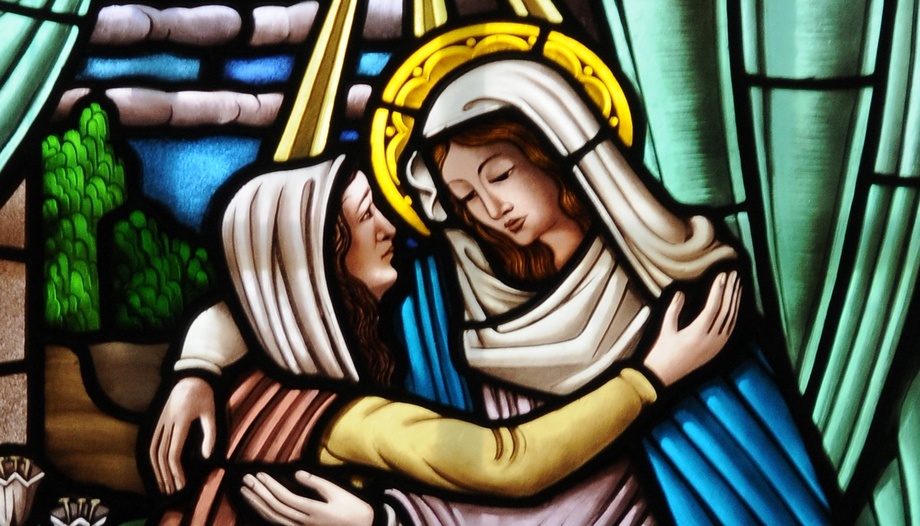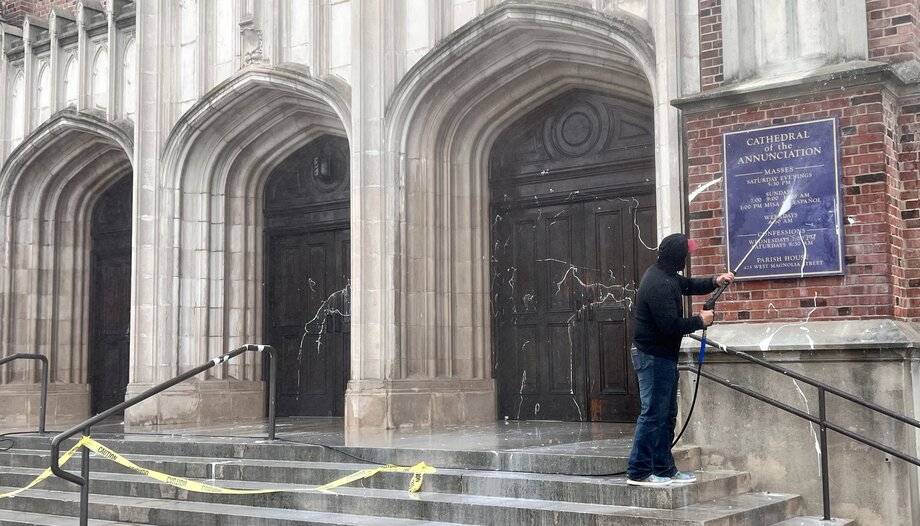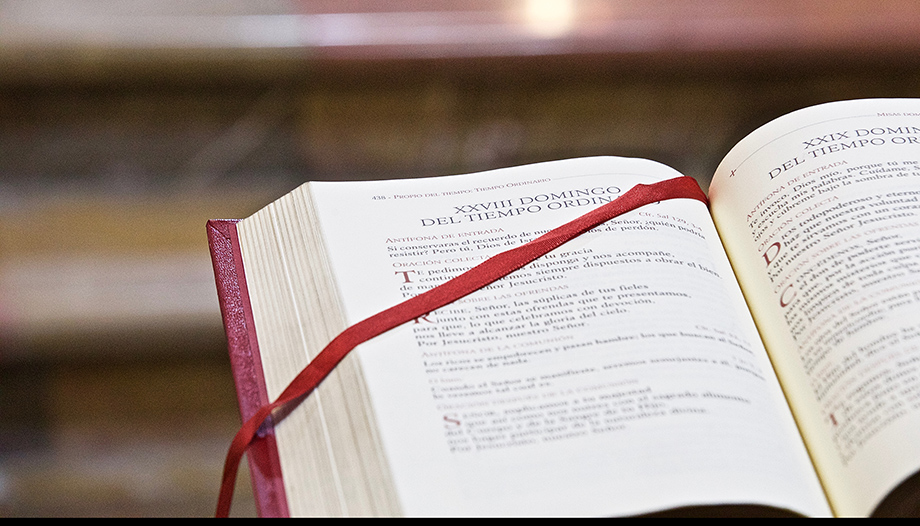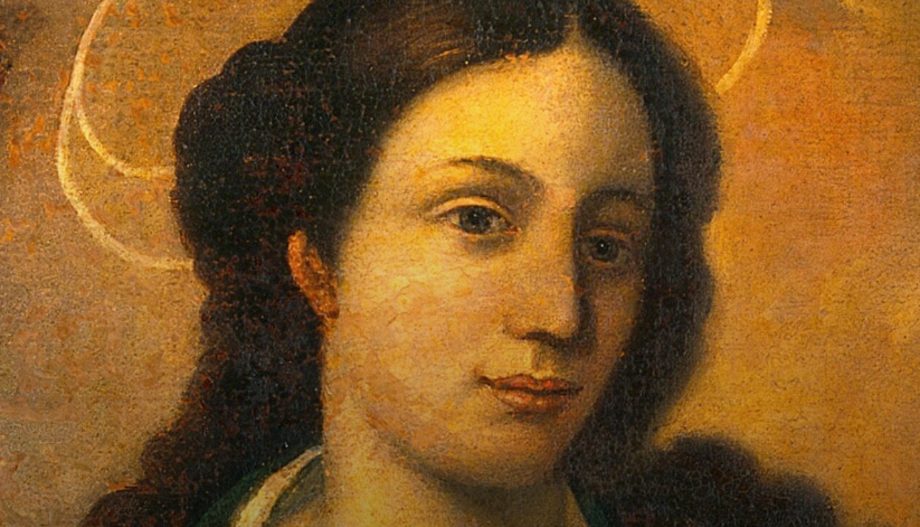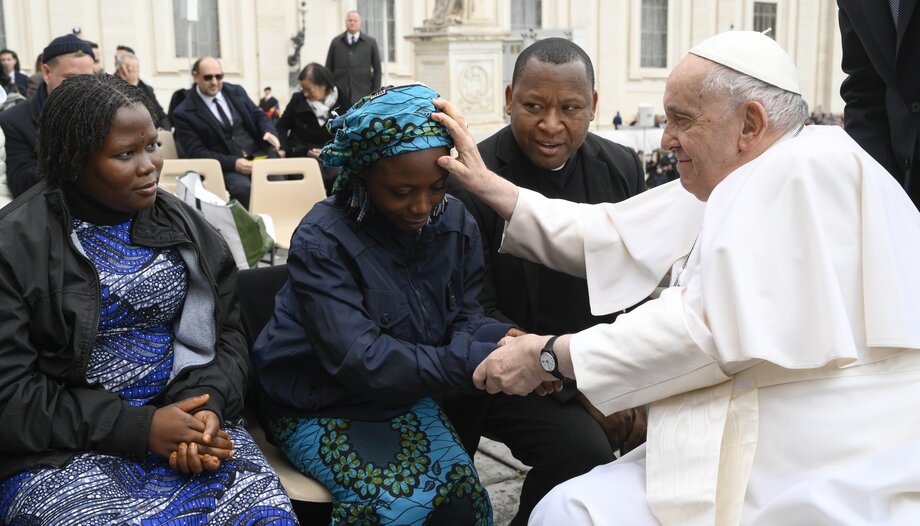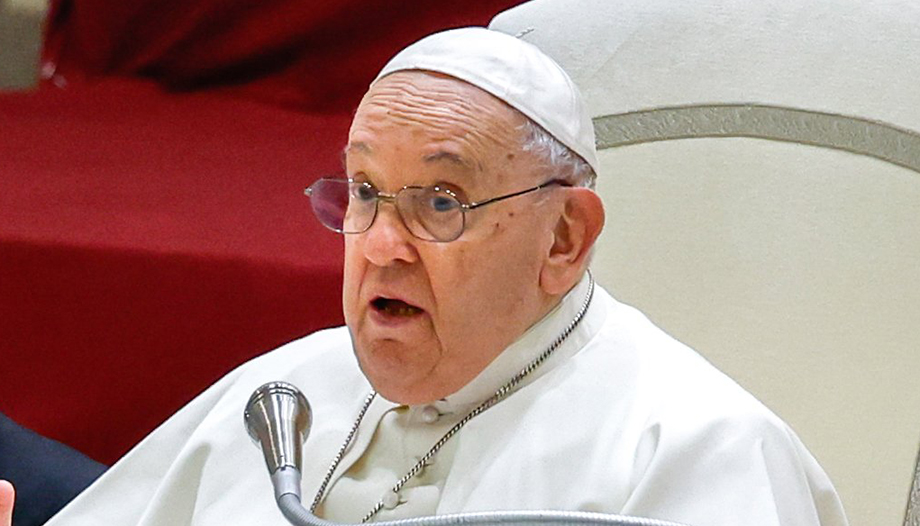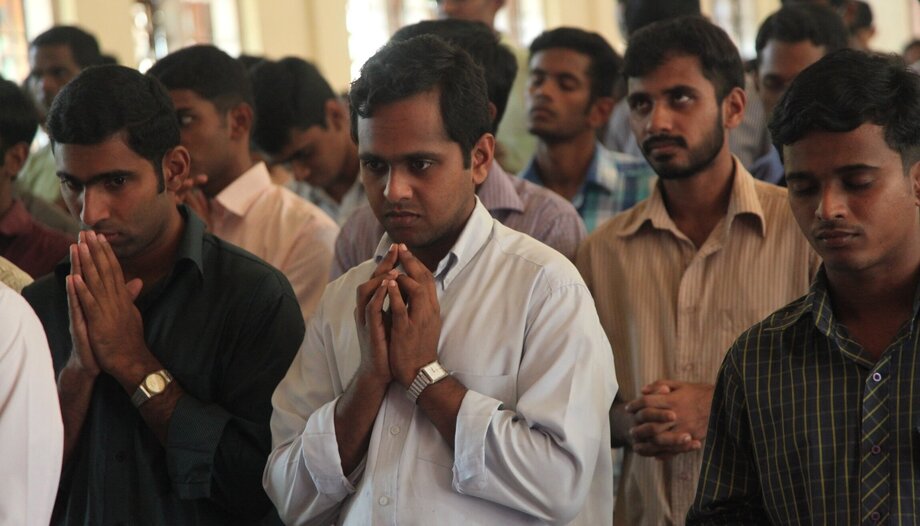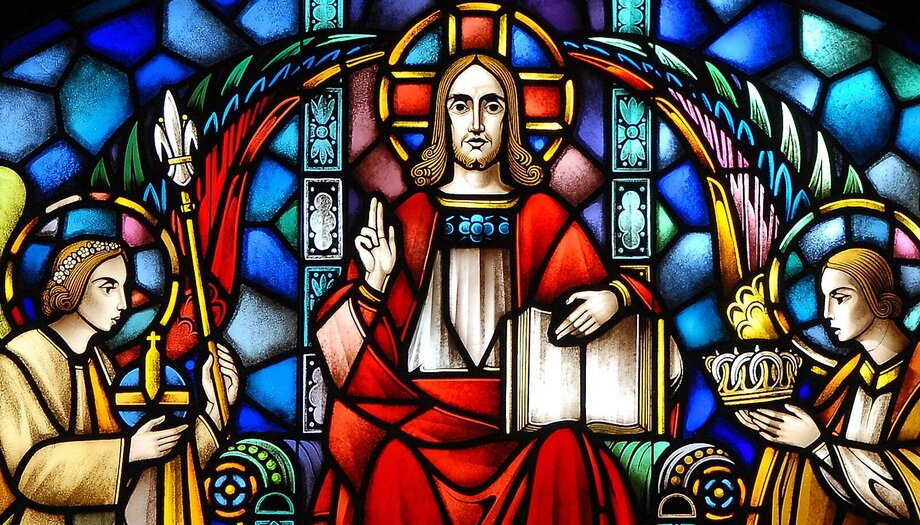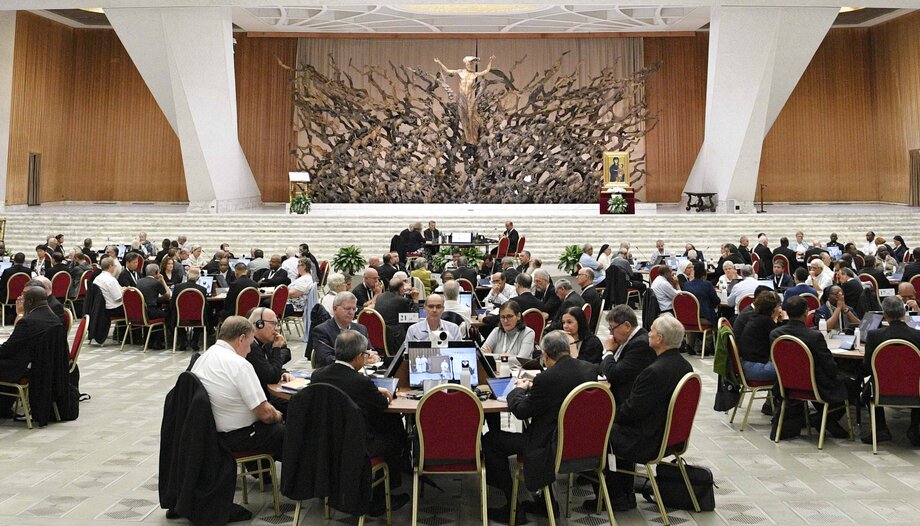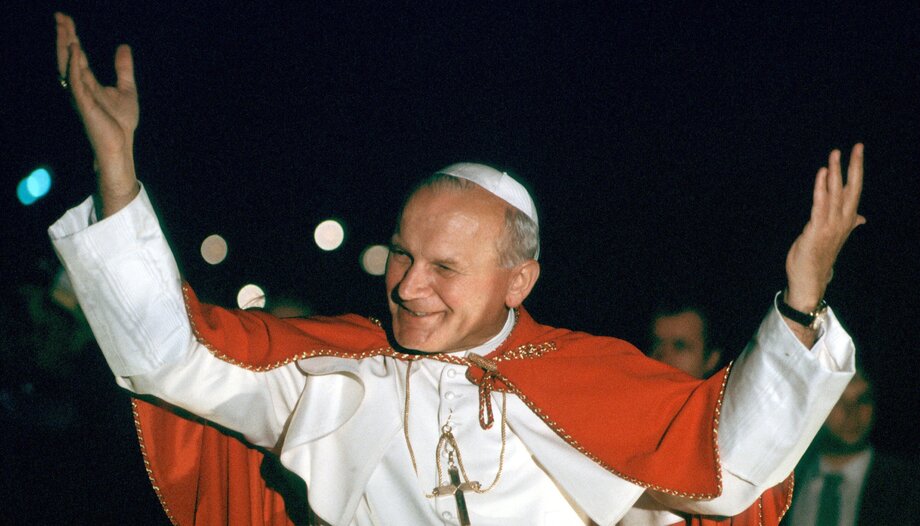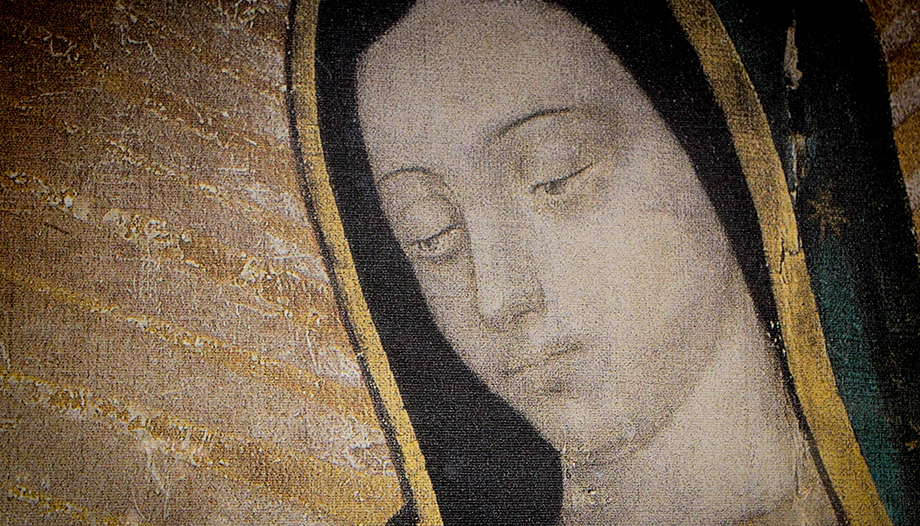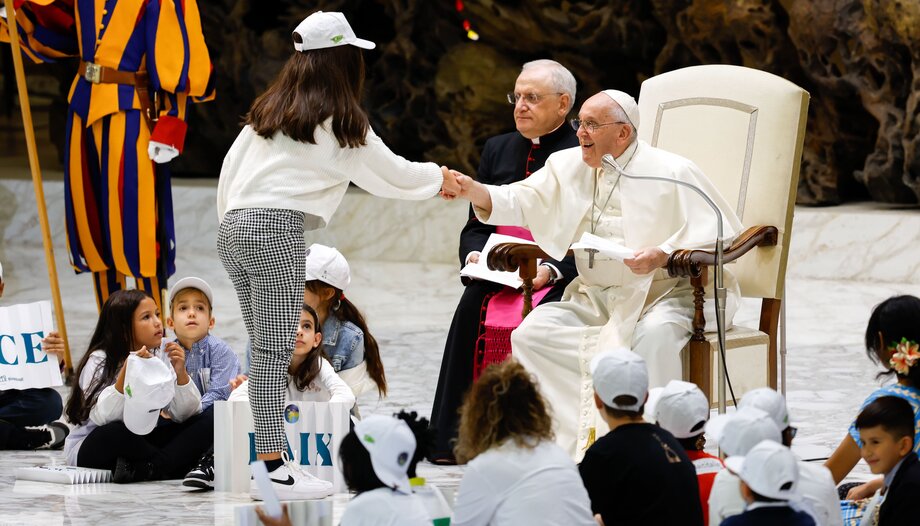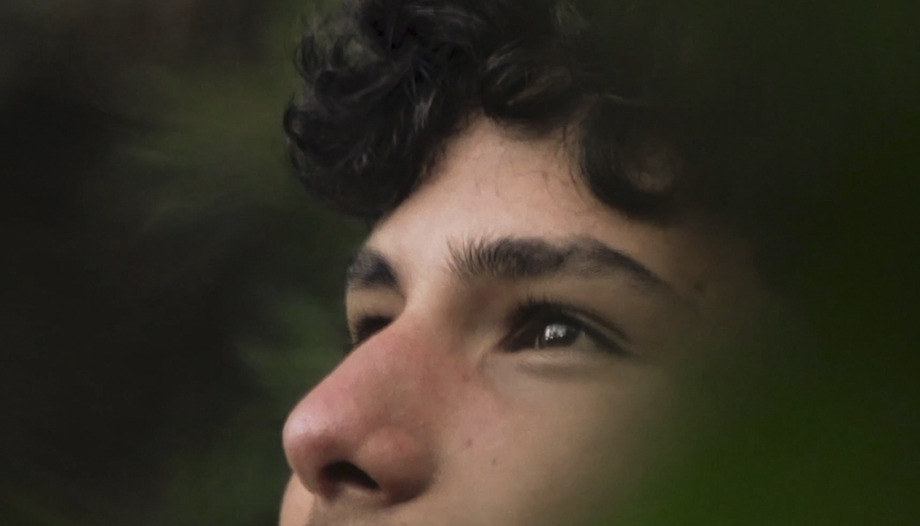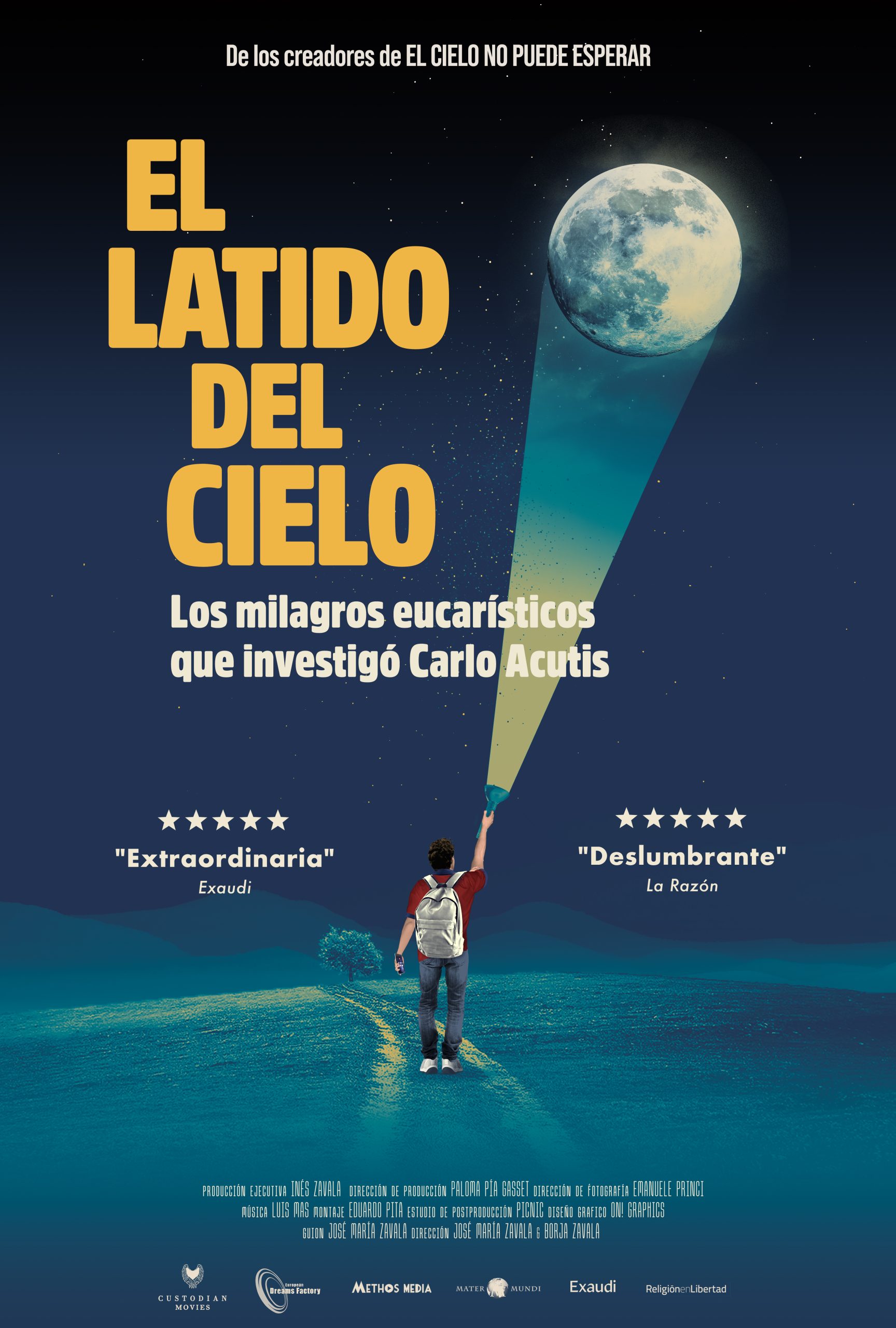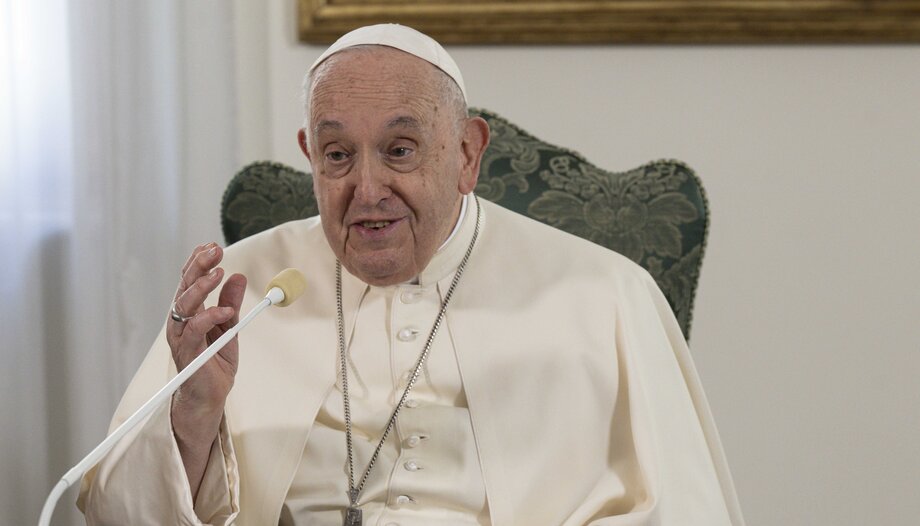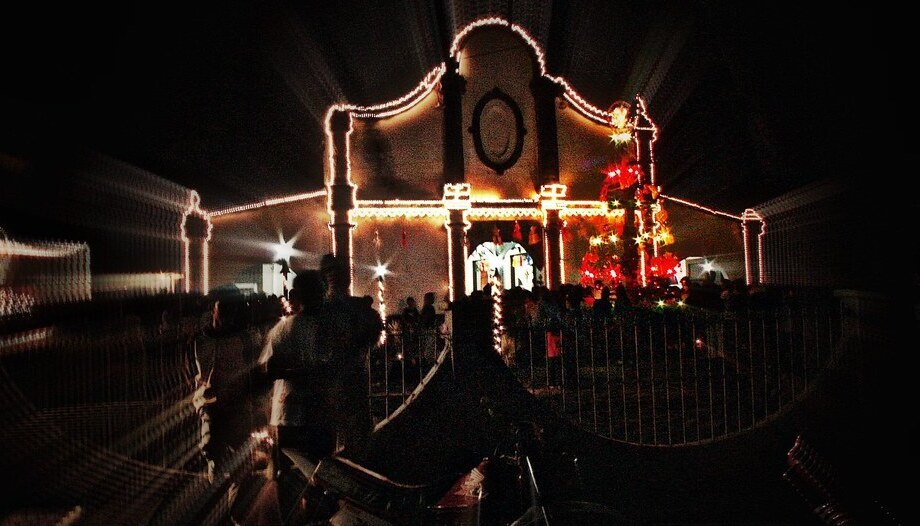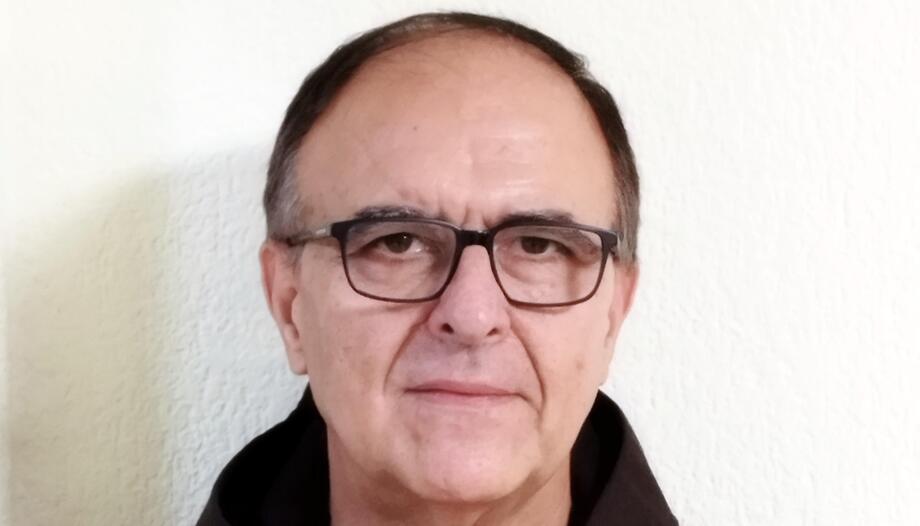The Spanish Church presented today the second volume To give light. This "living study" integrates, in this second installment, the results of the audit conducted by the law firm Cremades-Calvo Sotelo as well as contributions and recommendations of the Spanish Ombudsman's report presented in October 2023.
The volume presented today is divided into five chapters. The first chapter deals with the general context of sexual abuse in society from three perspectives: historical, legal and current. The second chapter deals with the issue of sexual abuse of minors within the Catholic Church and presents the Church's position on the sexual abuse of minors within the Church, first of all, with a historical overview from the origins of the Church to the pontificates of the 21st century, as well as the investigations carried out and the steps taken in terms of protection and prevention of these cases.
The third chapter gathers all the legislation in force and the intervention protocols approved by the Catholic Church, both from the Holy See and the Spanish Episcopal Conference.
The fourth chapter contains the report consolidated by the Episcopal Conference on the reality of sexual abuse in the Spanish Church. This report, which is the first part of "To Give Light" has been increasing its content, since its launch in April 2023, incorporating the testimony of the victims offered to the Offices for the Protection of Minors, from its creation until December 2022. Reference is also made to prevention work and material developed by religious institutions for such prevention. Finally, the fifth chapter makes a selection of observations and recommendations made to the Catholic Church by institutions that have studied the situation of sexual abuse.
Finally, the document contains three annexes containing a summary of each of the recorded cases of abuse as well as the protocols for action and prevention of this type of abuse in force in Spain.
The victim, always at the center
"The important thing is not the number of victims but each one of the victims. This phrase, repeated in each of the appearances that, in relation to the sexual abuse of minors committed within the Catholic Church, is also the key to reading the new volume of Para dar luz published on the morning of December 21 by the Spanish Episcopal Conference. In fact, the disparity in the number of accredited victims presented by the different investigations carried out in this regard by the Church itself, the Spanish Ombudsman, the Cremades-Calvo Sotelo law firm and the newspaper El País is one of the most striking features of this study.
This edition of To give light collects in its more than 1,000 pages the data obtained through the Offices for the Protection of Minors and Prevention of Abuse, as well as contributions from all "other studies carried out to date on sexual abuse committed against minors, both in the Church and in society".
A reunification that responds, according to the study "to the request for collaboration of different institutions in the reports that were being carried out". At this point, the Catholic Church regrets that the collaboration provided in these reports has not been reciprocal since they have not received a response to the request to the Ombudsman to "receive the information collected in their work on this issue in order to compare the testimonies received and to be able to offer a study as accurate as possible of the reality of sexual abuses committed against minors".
The number of victims
The Church's report stresses, in fact, that "the diverse methodology employed in parallel studies on the subject, such as the one by the newspaper El PaísThe same of the Ombudsman or the law firm Cremades & Calvo-Sotelo, and the fact that, to date, they do not share information with each other, makes it necessary not to provide aggregate data on cases. By transferring the data collected by the various reports, it is very likely that there are cases that have been included in them two, three or even four times".
It also refers to the fact that, recently, the investigative weakness of the journal El País The study was based on a false case, set up "ad hoc" to prove the seriousness of the study and which was added to the number of victims without the necessary verifications.
In this sense, the one carried out by the firm Cremades & Calvo Sotelo shows a total of 1,383 complaints, the number of victimized persons being undetermined. An inaccurate figure, according to the report of the Episcopal Conference, which points out that "the Report-Audit is basically a compilation of cases that have appeared in previous studies, without carrying out an in-depth study of them and commits conceptual errors such as considering as different complaints those made in the dioceses and those of the Dicastery that have their origin in the previous ones".
In fact, the bishops' report notes that "the analysis of the totality of the groups analyzed leads us to affirm that the total number of denunciations according to the indicated methodology amounts to 1,302 denunciations. At the same time, the fact of adding the 305 denunciations received from the Dicastery for the Doctrine of the Faith to those already communicated by the dioceses and congregations, leads us to think that very possibly these denunciations are duplicated because, since 2001, the denunciations received in dioceses and congregations are communicated to said Dicastery. With reference to the number of victims, a minimum of 2,056 victims can be deduced from the denunciations".
The Ombudsman's Report had collected 487 Victims of whom it has been known, through 334 direct testimonies and 39 indirect ones, while the data of the newspaper's "study", which was published by the Ombudsman's Office, shows that the number of Victims of the El PaísThe number of cases in June 2023 is 1,014, with 2,104 victims.
Recorded, proven, credible or unfounded cases
To give light The number of cases registered is 806: 413 in Dioceses and Ecclesiastical Provinces and of these 112 refer to religious orders and congregations and cases attributable to them, even if the diocese intervened and reported. Religious institutes account for 369 cases, while the Prelature of the Holy Cross and Opus Dei register 13 cases. Under the heading of "other specific institutions of the Church" there are ten cases registered and only one case in Secular Institutes.
However, of these registered cases, the Church has been able to verify the reality in only 205 cases.: 74 in Dioceses and Ecclesiastical Provinces; 118 cases in religious (unless the data for the Salesian Congregation is specified); 2 cases related to Opus Dei and the 11 cases registered by other specific institutions of the Church and the Secular Institute.
In the case of unproven but plausible cases, the report points to about twenty cases in the dioceses and fifty in religious institutes.
The number of unproven cases is much higher, amounting to 144 in the case of dioceses, 135 cases in religious institutes, 4 relating to Opus Dei and one relating to a secular institute.
There are currently 75 cases pending resolution and 13 have been closed due to the statute of limitations or the death of the accused.
A "dance" of figures that "highlights the difficulty of offering a closed figure both in number of victims and number of perpetrators" and that should not be used, according to the bishops, to discredit the victims but to "use the information offered with due caution, especially when offering total figures or overall percentages, thinking, above all, of the moral dignity of the victims".
A social problem
The sexual abuse of minors is not a problem of the Church but of society and, therefore, of the Church. In this regard, it should be remembered that in Spain, the highest percentage of abuse occurs within the family, according to data from the ANAR Association, the percentage of abuse committed by priests is 0.7%. The aggressions carried out by relatives or friends exceed 7%.
These data confirm that the fight against child abuse is more than necessary in all social spheres: family, school, sport and, of course, the Church.





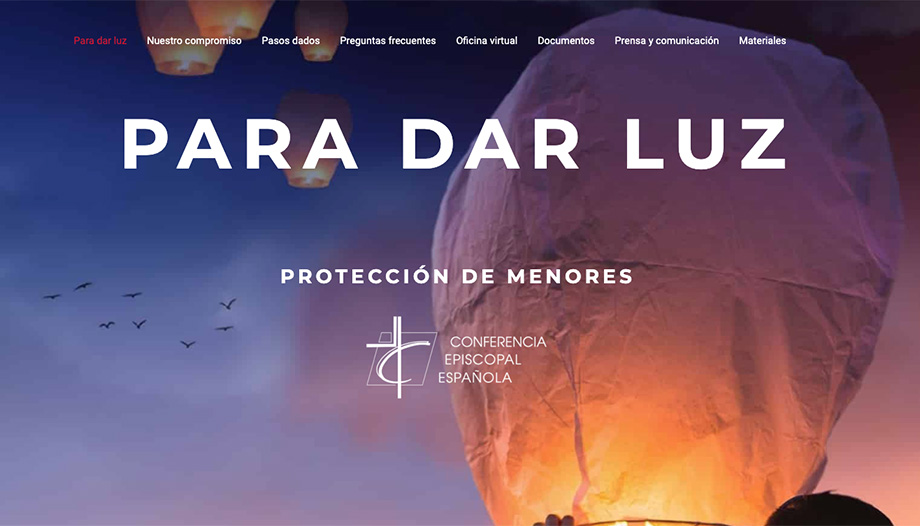







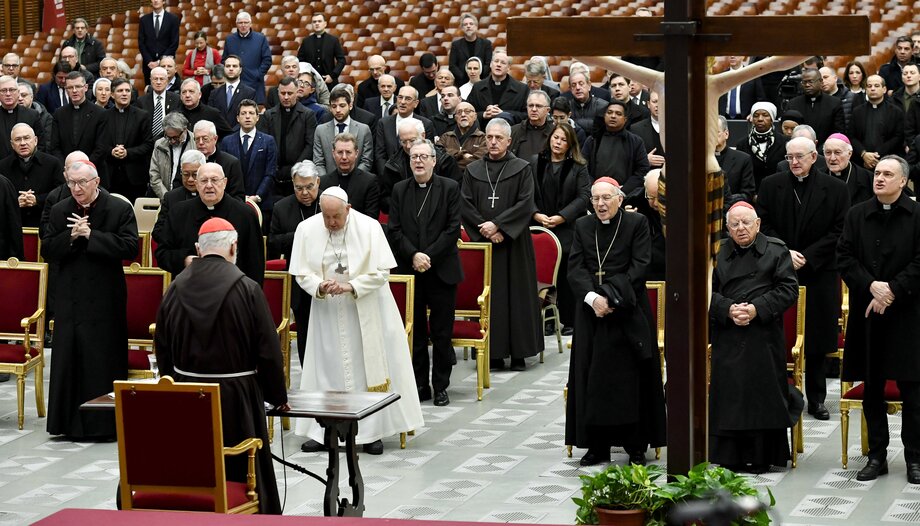
 Christmas tree already in St. Peter's Square
Christmas tree already in St. Peter's Square
